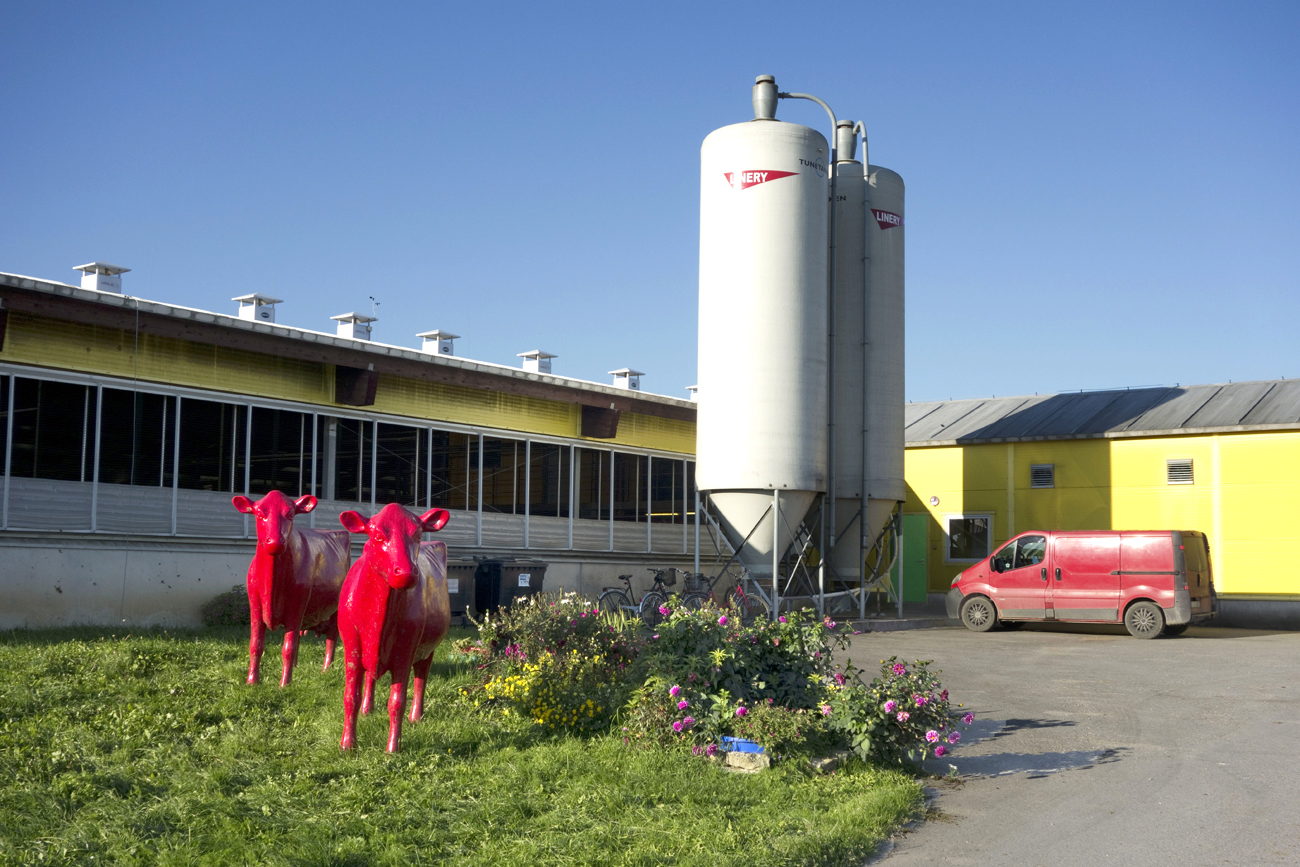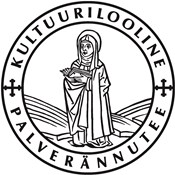Kareda village

Before hurrying on towards Peetri we should look around in Kareda village.
KAREDA has a long history. The settlement site on the crossroads probably originates from the 1st millennium. It was the main village of ancient Järva County, mentioned already in the Livonian Chronicle of Henry, even four times. Kareda (Carethen) is thus the oldest known place name in the county mentioned in writing.
According to Henry, during their first great military campaign to Järva County in 1212, the crusaders came and pillaged in Kareda village, which was „very pretty and populous”. In 1217, during the second campaign, they were again in Kareda, „burning everything down and pillaging all around”. In 1220 when it was already conquered, the crusaders fought at Kareda with Saaremaa men who had come on a revenge mission, because they were irritated by the locals’ submissiveness to the crusaders. Henry mentions Kareda for the fourth time in connection with the visit of Modena Wilhelm, legate of the pope. In 1226 bishop Wilhelm met the elders of Järva in Kareda.
In 1227 Järva County was taken over by the Order of the Brothers of the Sword (later Livonian Order) and when an order castle was built in Paide, the centre was transferred there.
After almost three and a half centuries of the Order reign, Sweden took over, later Russia. The plague following the Great Northern War did enormous harm here as well, Kareda village was left almost empty. Gradually, however, normality was resumed, and in the late 18th century over 400 hundred people lived in Kareda. The record number 598 comes from year 1858. The number of inhabitants kept decreasing in the 20th century, and in 2012 just 45 have remained.
Kareda used to be a cluster village with farms standing close to one another in an irregular cluster. Today houses are side by side by the road. This developed in the late 19th century when farms were being bought by farmers and plots of land were distributed accordingly. In 1882 Kareda had 33 properties, 30 belonged to farms, 3 to the manor. In comparison, there were 112 properties belonging to 92 owners in 2012.
.jpg)
Kareda village belongs in the zone of karst springs; there were allegedly no fewer than 29 springs near the village. The surroundings of Järva-Peetri were among the largest areas of ancient fields in Estonia. Things cannot go wrong when land is good and people work hard. Local farms earned their income mainly by land cultivation and cattle breeding. Between the two world wars during the young Republic of Estonia the standard of living increased considerably: farms had big orchards, cattle of the best quality, horses were bred, milking competitions and various courses were organised, societies and cooperatives were founded, new residential houses, stables, cowsheds, a new road were built. The first car owner in the village was Jüri Taurus from Kärner farm, who bought a grand Studebacker lorry.
The war, the Soviet occupation, deportations and forced collectivisation destroyed all wealth in the village. In 1941 a battle between the Germans and the Russians took place here. Several farms were abandoned in the fires of 1940 during the difficult collective farm years when people left in large numbers. In the 1960s, a collective farm cowshed and pigsty were built in the middle of the village, later a complex of granaries was added. The Soviet era completely changed Kareda, as well as all other villages across Estonia.


And like everywhere else, people’s self-consciousness increased here in the 1980s, along with a renewed interest in the history of the village. The ownership reform in 1991 returned land to former owners or their descendants.
A few brief stories about some of the farms.

People at Sange (Sandre Tooma) farm live in the 19th century barn. The house was transported to its current site at the turn of the 19th–20th century from the centre of the cluster village and has retained its original form. The old house has been well looked after.
The lands of Kolli farm still display some walls of the old watermill. A mill stood here already in 1544. In 1882 the farm and mill were bought by Jakob Vende and the mill was called Vende mill.
The gate bears a memorial plaque to colonel Jakob Vende who fought in the War of Independence. 31 men of the village went to the war.


Sepa Mardi (Sepa) was always home of the village blacksmith. We can still see the smithy in the courtyard.
In 1918–19 the artist Eduard Viiralt stayed at Taaveti (Taaveti-Hansu) farm with his cousin’s family. From here he went to serve on an armoured train during the War of Independence as a volunteer. An apple tree in the orchard is allegedly called „Viiralt’s Special”. The farm has even more direct contacts with art. An owner of the farm, Robert Volk trained as a sculptor at Anton Starkopf’s studio.
A traveller cannot help noticing a hallway resting on the posts of the main building – this is how the house was built in 1903, and this is how it still stands.
The current Rambi (Meekler’s shop) residential house was a shop built in the early 20th century. The Meekler family ran it before the war, hence the name. The successful shop also acted as the village postal and telephone centre.


Allika farm has the oldest granary in the village (1812). The farm still belongs to the descendants of Mihkel Korn who bought it in 1882.
Andrese farm’s pretty mansion with a glass veranda completed in 1933 is a good example of the new type of Estonian farm architecture during the 1920s-1930s. This was the only one in Kareda village. It now belongs to the descendants of the previous owners who have maintained the house with loving care.


The former mistress of Koru farm Pauline Arme was a well-known folk singer.
Vanakooli (Kooli) farmhouse used to be a schoolhouse, built in 1867–69. The teacher lived in the same house and ran a farm as well, the parish paid his teacher’s wages. Children attended the parish school for three years, and they all sat in the same big classroom.

A parish school in Kareda existed already in 1820, although its precise location is not known. A village school was founded long before, probably in 1775.
After the parish school, Esna primary school moved in, so that when that school closed in 1970, children had been educated here for 150 years without interruption. In mid-18th century, Peetri parish had the densest network of village schools in the entire northern Estonia.
After the school was closed down by the Soviet authorities, the house accommodated the collective farm field workers. The house is currently privately owned.
Karjamaa farm was bought from the manor lord already in 1872. Most of the farms in Kareda village were similarly purchased in 1882.
The farm had the first modern cowshed and pigpen in the village, and the biggest orchard with remarkable variety of species. The residential house is a listed building. The house, completed in 1912 still has decorative details typical of the tsarist period, such as onion-motif cornices, wooden lace ornamentation, etc. Sheet iron pipes protruding from the walls are ventilation pipes, quite widely used locally.
Värava (gate in English) farm got its name from a cattle gate in the area. The residential house of the farm in the middle of the village together with various other buildings form a nice complex.
.jpg)
From the crossroads at Kareda bus stop we head for Kareda memorial stone. The road takes us past the stone, the farms of Vägara and Vainu towards Peetri.
.jpg)
Vägara (now Alma) farm was bought in 1882 by Sander Rüstern. The family name allegedly came from a big elm tree in the garden – elm in German is Rüster. The farm belonged to one family for the whole century. The last one was leather artist Alma Kattenberg (nee Rüstern) with her husband Erich Kattenberg, a metal artist. During the forced collectivisation, the farm became a chicken farm and the artist became a chicken keeper. The current owners are the Seire family.
Kareda village memorial stone stands at Vägara farm gates. It was erected in 1988 to commemorate the first mention of the village. The stone was sculpted by Robert Volk with his sons Jaanus and Pearu.


Vainu farm’s long limestone barn house was already noted on a map from 1869, its oldest part probably originates from the 1820s. The toilet built into the wall of the barn house is quite likely among the oldest of its kind in Estonian farmhouses.
In 1872 Mart Seire bought the farm – and the same family has had it until today. The large Seire family plays an important role in village life, especially well known was Ants Seire (1933–97), a local lore enthusiast who organised numerous undertakings in the village.

It is about 3 km from the Kareda village stone to Peetri. The Peetri church tower has been visible for some time, and we head that way.
Daila Aas, February 2018
Sources
„Kareda – muinas-Järvamaa süda”. Koostajad: Ado Seire, Lea Tammiste, Agnes Harjurand, Maret Tamjärv, Mati Mandel, Valdo Praust. Väljaandja: MTÜ Karessen, 2012.
